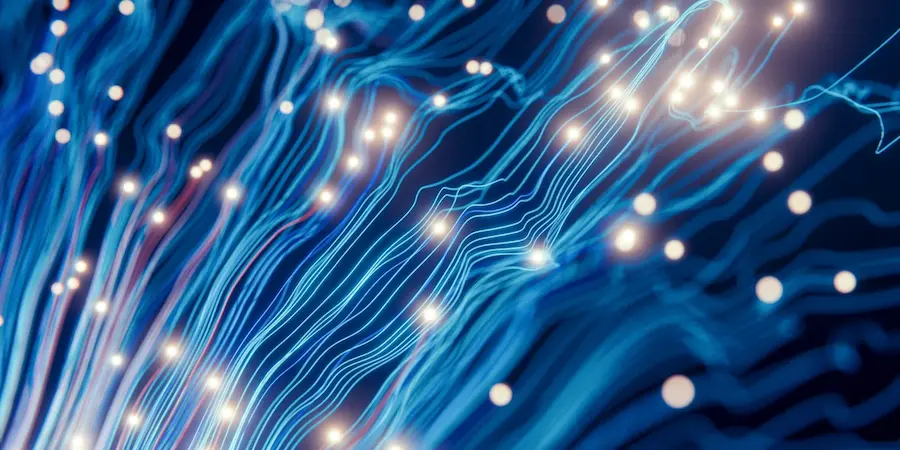AI-generated videos have improved so dramatically that, at first glance, they can slip into your feed without raising suspicion; however, if you know where to look, there are clear signs that will help you unmask them. At ActualApp we have packaged the most reliable indicators into a practical, very techie guide so you don’t get fooled—because who doesn’t want to sharpen their digital radar and avoid sharing a deepfake like it’s nothing?
Visual and contextual signs that give away AI
Start with the basics: the source. If the clip is posted by someone without a verifiable history or without linking to a checkable origin, be wary, since hoaxes often lack a clear primary author and it’s hard to connect the dots with reliable media. From there, move to the visual magnifying glass, because inconsistency is these models’ Achilles’ heel; between one shot and the next, eyebrows that change density, fingers that fuse or multiply, or even arms appearing from impossible places are clues that stick out, like a GPU glitch mid-game.
Another very common sign is “too-perfect” skin: smooth, shiny surfaces without pores, wrinkles, or marks, with an airbrushed finish that looks more like a render than real footage. Also pay attention to text in the scene—signs, T-shirts, screens—because models often struggle to replicate typography and language, leaving misspelled words or nonsensical strings, the kind of gibberish that pulls you out of the moment.
Physics also gives things away. Unnatural movements, like walking without bending the knees or cars moving in an odd way, reveal that the system is filling gaps from visual patterns rather than physical experience. On top of that, teeth are often problematic: teeth that merge into a single block or change shape between frames are a classic. At heart, look for objects or people that appear and disappear without reason, strange shadows or light flickers that affect one area and not another, and background faces that are slightly blurry or unsettling while the foreground is sharp—these are typical artifacts.
Editing also offers clues. If actions don’t flow continuously—for example, someone casts a fishing rod and in the next cut is already holding a huge fish without a believable transition—there’s a strong chance of synthetic generation. Additionally, footage is often short due to generation costs, so 5–10 second clips with constant cuts and several signs from this list increase suspicion. Finally, consider the timing factor: ultra-realistic pieces began proliferating from 2023 onward; a clip from before then is less likely to be AI, though not impossible, and a recent clip isn’t AI by definition, it only raises the probability if it coincides with other indicators.

How AI video generators work
Knowing the trick helps you spot the thread. These systems start from learned visual references—people, objects, scenes—and when you describe what you want, they turn a reference video into noise to reconstruct it again, frame by frame, incorporating your instruction in the process. The result looks coherent at a glance, but the probabilistic reconstruction introduces those small continuity, text, and physics errors that, to a trained eye, jump out.
This approach explains why background faces come out blurry, why shadows don’t line up, or why a gesture changes between cuts; the model “estimates” what’s most likely, not what’s true, and that’s where you can catch the trick.
Audio, images and text: more clues, more awareness
The vigilance doesn’t end with the video. In images, look for excessively shiny textures and odd body proportions—extra or overly long fingers, tiny feet, hair without follicles—along with distortions like warped backgrounds, mismatched earrings, or other asymmetric details. If in doubt, a reverse image search to trace the origin and a metadata review can give you context, especially if the clip only circulates on social networks and doesn’t appear in reputable sources.
In audio, the timbre can deceive, but prosody less so: phrases that sound “glued together,” out-of-place accents, or inflections that don’t fit the situation reveal voice synthesis, where the algorithm articulates by segments rather than from communicative intent. In text, you’ll often see repeated structures, abrupt tone shifts, and overuse of jargon to cover gaps; also watch out for dubious or unverifiable quotes. If you want a second opinion, there are flagging tools like GPTZero or Grammarly for writing and, for video, platforms like Deepware or ScreenApp—though it’s worth remembering that automated detection is still not infallible and you should combine it with your own observations.
Finally, share knowledge. If you see a suspicious viral clip—from a politician doing a lunar acrobatics stunt to a surreal scene in an official setting—warn those around you and explain the signs you detected, because cutting the chain in time prevents the hoax from gaining traction. Teaching these guidelines to friends and family multiplies the network effect, and, indeed, the more indicators a video accumulates, the higher the probability it’s synthetic; as with hardware, don’t rely on a single sensor—cross-check data to decide with judgment.

